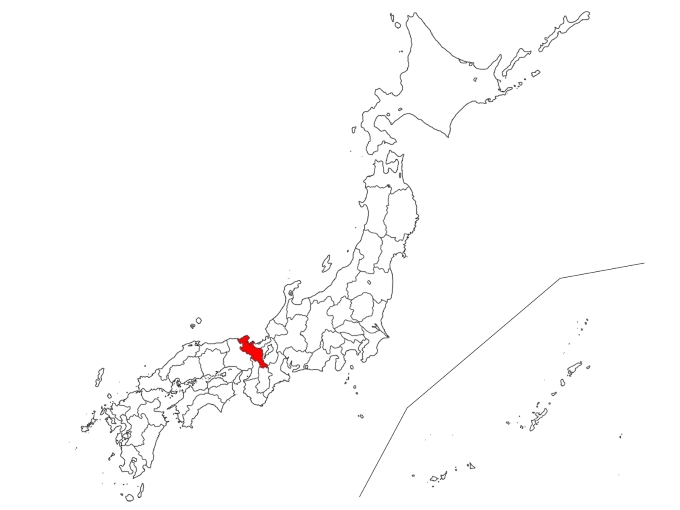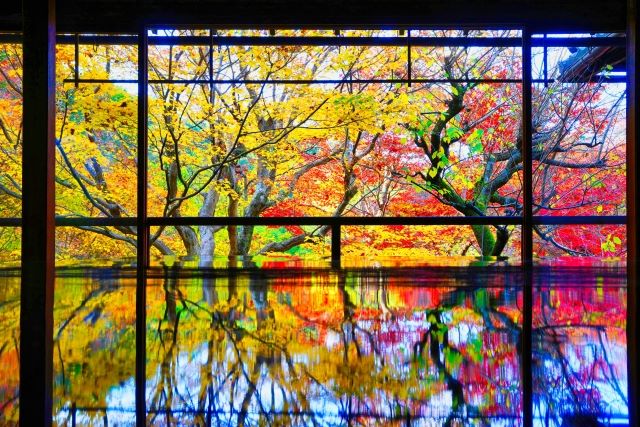Contents
1.Basic Information
The “Rakuhoku” area of northern Kyoto includes Sakyo Ward, Kita Ward, and mountainous areas such as Kurama Temple and Kifune Shrine. Although it is a bit distant from the center of Kyoto city, its rich nature and comparatively fewer tourists make it an area with a distinct charm.
Rurikouin
Located at the foot of Mt. Hiei, Rurikouin was originally built as a villa and has a large property with a beautiful Japanese garden and traditional Japanese architecture. It is usually not open to the public but is accessible during the spring and autumn seasons, with the second-floor view of the garden’s reflected autumn leaves being particularly famous. The garden, carpeted with lapis lazuli-colored moss, is vividly colored by the autumn leaves.
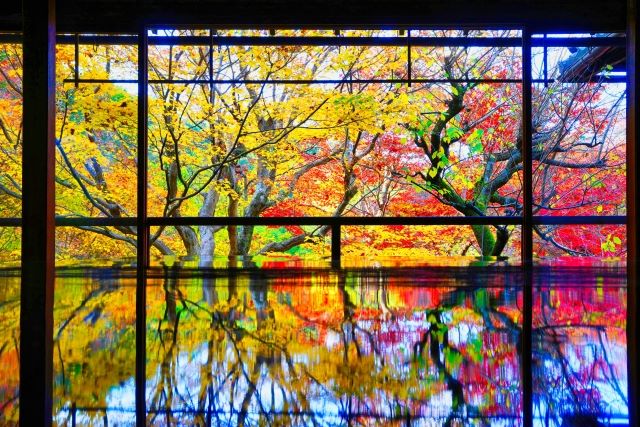
Shimogamo Shrine (Shimogamojinjya)
Shimogamo Shrine, a UNESCO World Heritage site, is one of the oldest shrines in Kyoto and has recently become popular among women for prayers related to matchmaking and beauty. The approach to the main hall is suitable for forest bathing and is recommended for early morning walks. You can also enjoy the unique “Mizumikuji” (water fortune-telling), where the fortune appears when the paper is immersed in water.
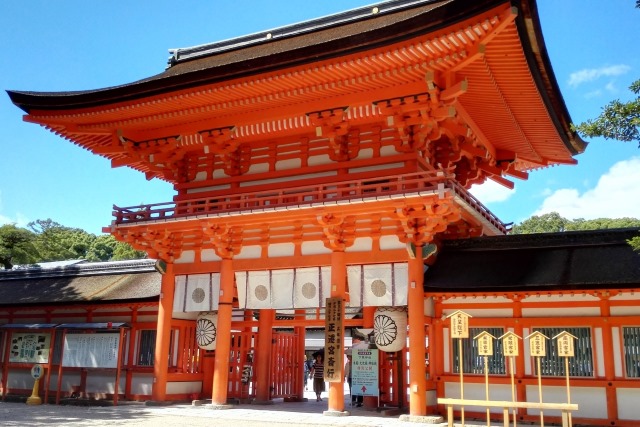
Kamigamo Shrine (Kamigamojinjya)
Also a UNESCO World Heritage site, Kamigamo Shrine is one of the oldest shrines in Kyoto and is worshipped as a guardian deity of the electrical industry because it enshrines the god of thunder. The Aoi Matsuri, one of Kyoto’s three major festivals, is held here.
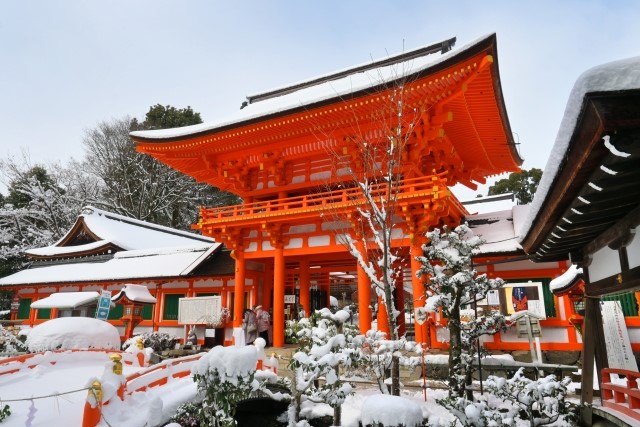
Kifune Shrine (Kifunejinjya)
Kifune Shrine is the head shrine of about 500 Kifune shrines across Japan. The area is cooler than the city in summer, making it a popular retreat. The riverside dining platforms, known as “Kawadoko,” are a summer tradition in Kyoto.
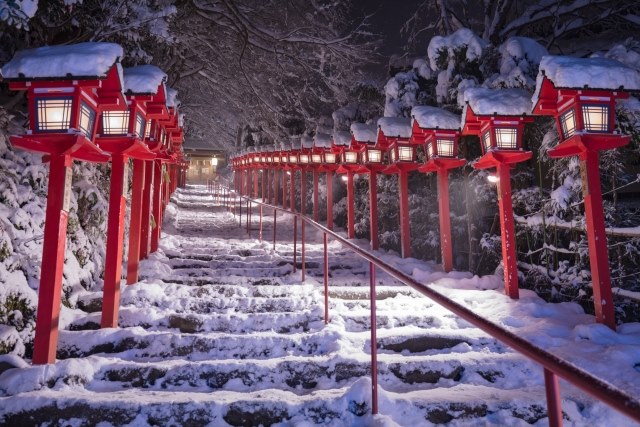
Kogiri-in Temple
Daitokuji is a Zen temple founded in 1315, located in Kita Ward, Kyoto. Due to its connection with Sen no Rikyu, a foremost figure in the tea ceremony, it houses many tea rooms. Although some facilities are usually not open to the public, they are specially opened during the autumn foliage season for visitors to appreciate art and architecture.
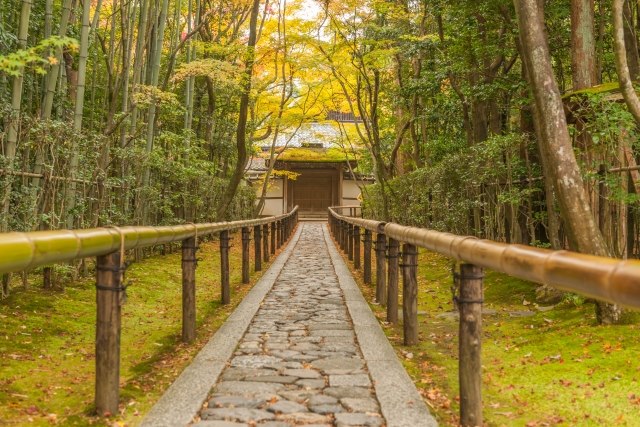
Ohara Sanzenin
The temple originated when the Heian-period monk Saicho moved from Mt. Hiei to this location. The temple has long been known as a retreat for nobles and monks wishing to escape worldly life. Its gardens, such as Shuheikien and Yuseien, are famous for their beauty. During the season, about 1,000 hydrangeas bloom here.
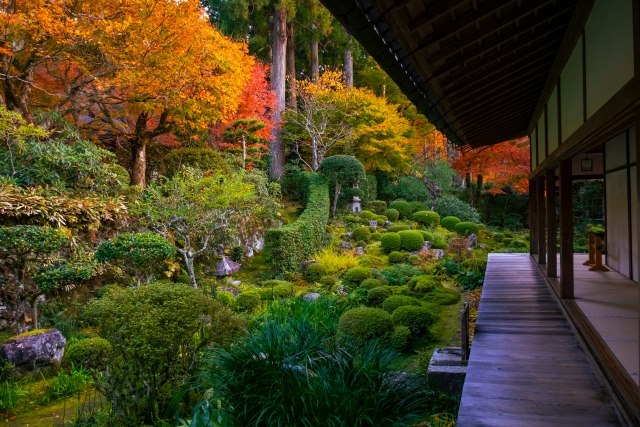
2.Reviews
Aoi Matsuri
The Aoi Matsuri is a traditional festival in Kyoto, held annually on May 15th at Shimogamo Shrine and Kamigamo Shrine. The approximately 8-kilometer-long procession of people dressed in Heian-period costumes is extremely elegant and beautiful. This festival, which dates back about 1500 years, brings vibrant color to early summer in Kyoto.
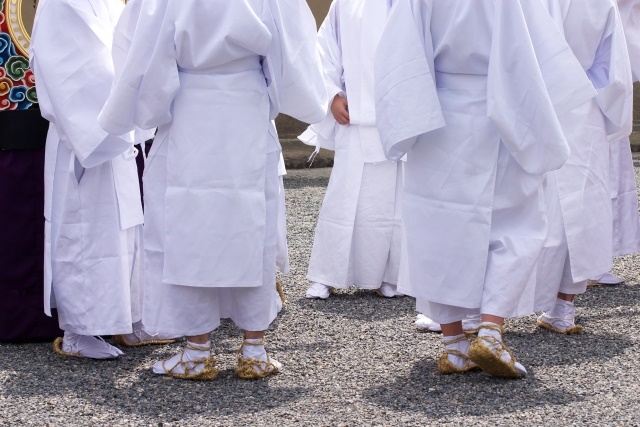
Kurama Temple (Kuramadera)
Kurama Temple, located in Sakyo Ward, is known as the place where Minamoto no Yoshitsune trained in his youth. The temple grounds are home to the Yoshitsune Hall, dedicated to him, and are steeped in the legends of Tengu. Kurama Temple is also famous as a power spot in Kyoto with over 1200 years of history. It offers beautiful scenery known for its cherry blossoms in spring and autumn leaves, attracting many tourists throughout the seasons.
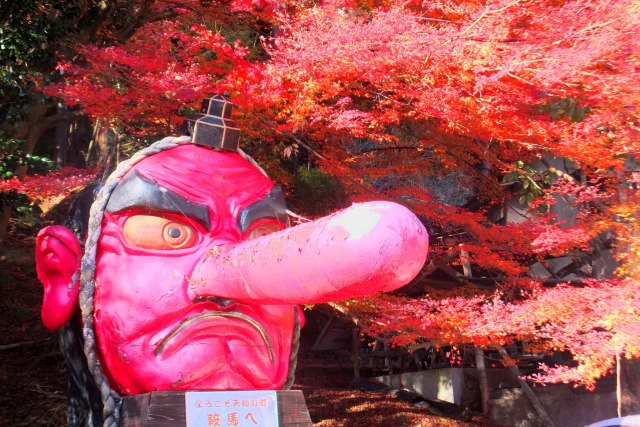
Enkoji
Enkoji was founded in 1601 by Tokugawa Ieyasu and played a role as a school. It has been important in publishing activities, and its wooden printing blocks are still preserved. The temple entertains visitors with cherry blossoms in spring and autumn foliage. The view from inside the temple, resembling a scene projected onto a large screen, is characteristic.
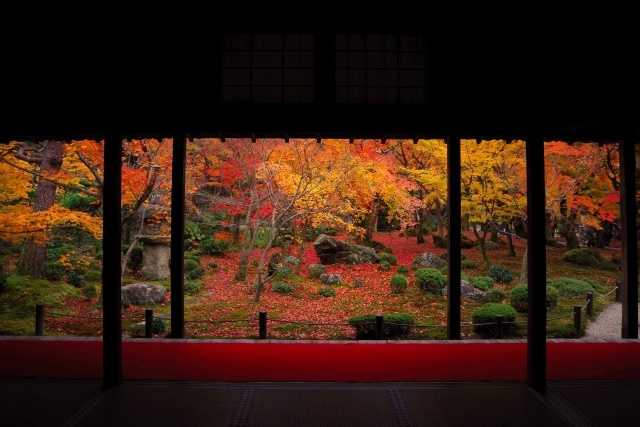
3.Local Food



4.Transportation Information
■ How to get to Kyoto
Kyoto City Official Site (Available in English, Korean, Simplified Chinese, Traditional Chinese, French, and Spanish)
https://ja.kyoto.travel/
5.Map Information
